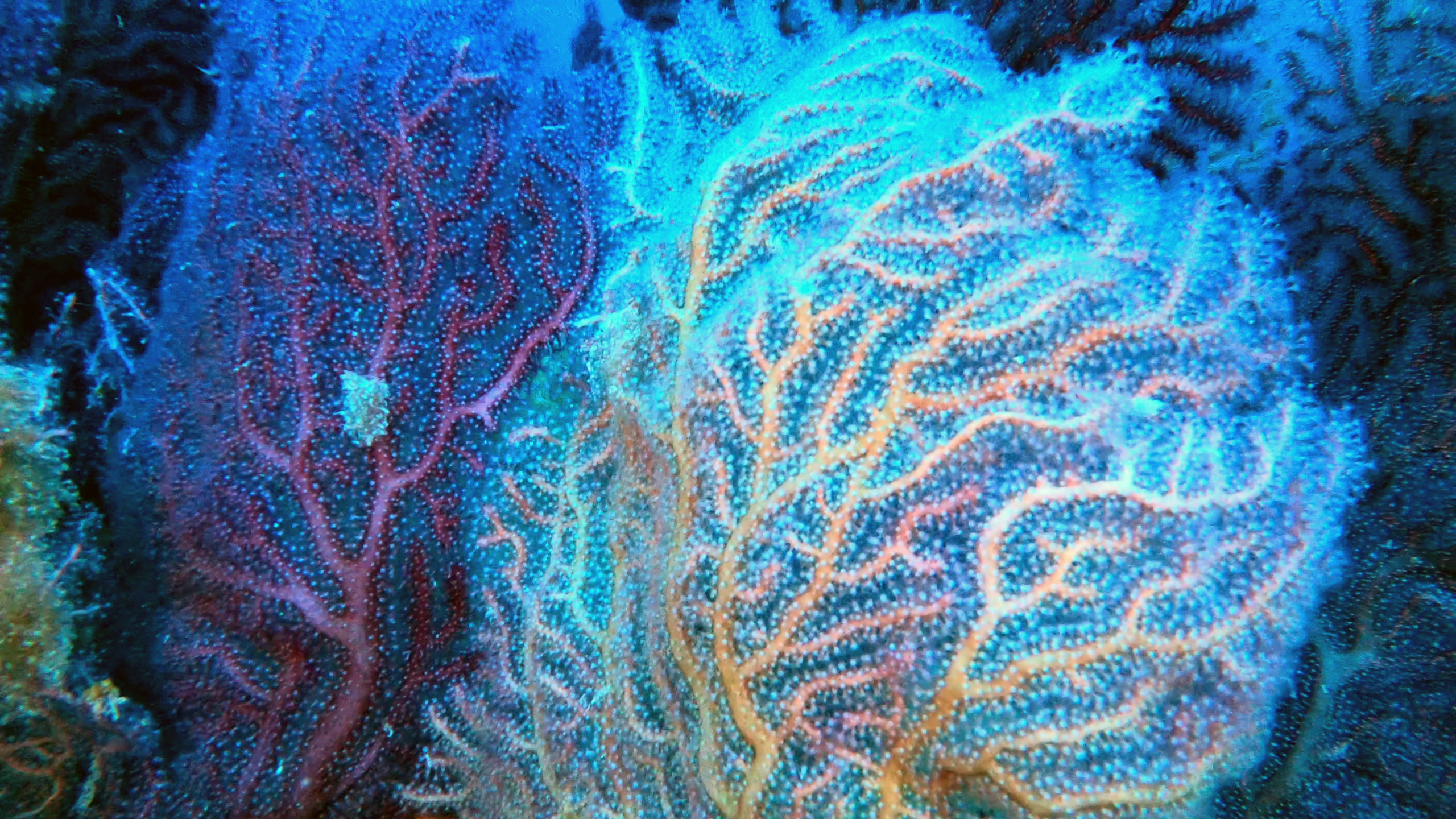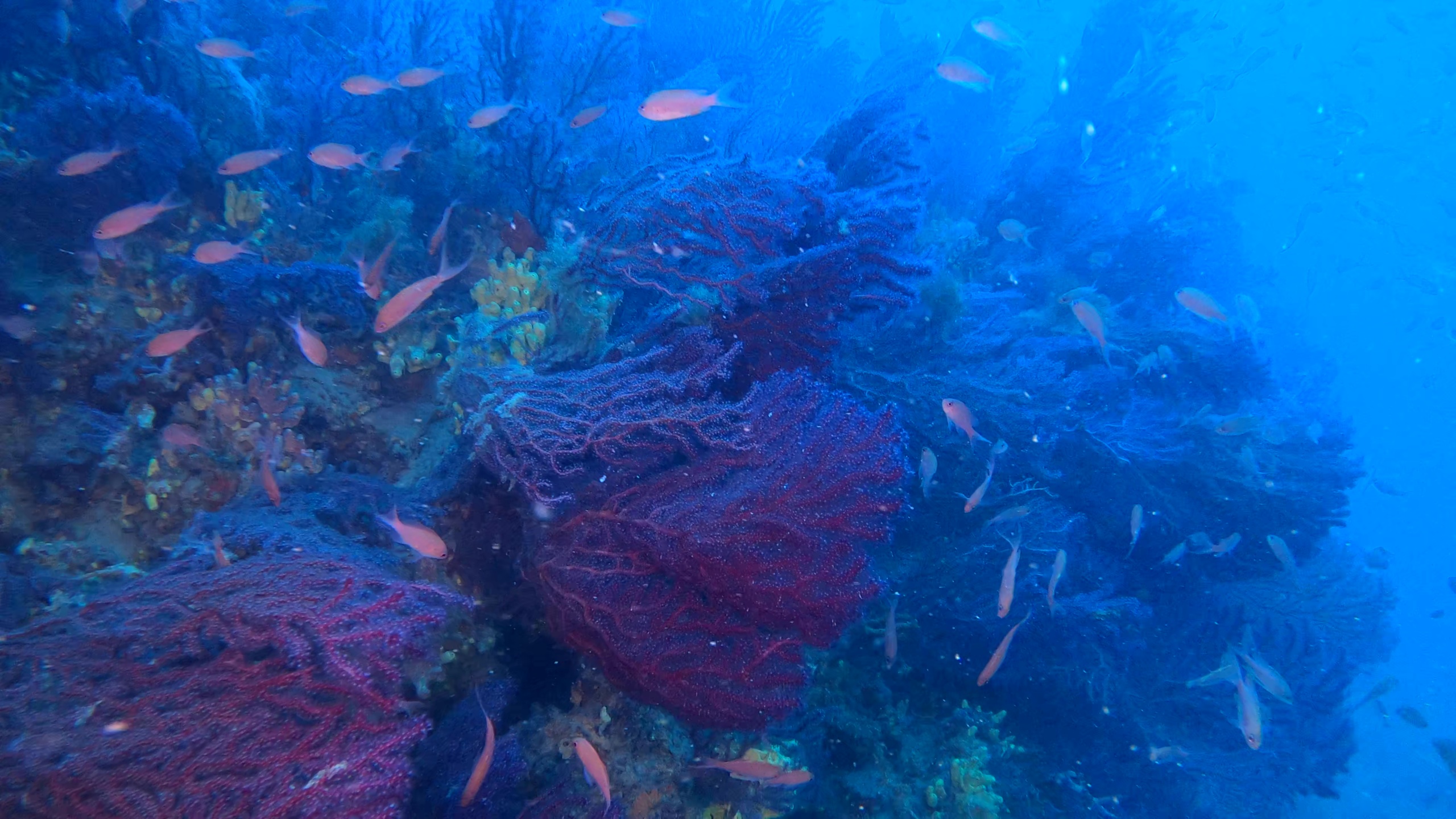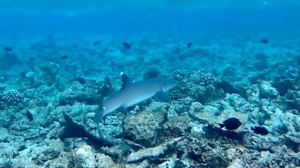During this dive on a reef completely populated by colonies of red Gorgonian (Paramuricea clavata) we also encountered some “branches” of false black coral, the very rare Savalia savaglia. We have often documented this beautiful yellow coral called False black coral on seabeds of approximately 78/80 meters up to almost 90 meters deep, on submerged reefs that we now know well. New future colony of Savalia savaglia intotheblue.it
In this dive, however, we are on a seabed that varies from 48 to 52/53 meters deep and obviously we expected to find the red Gorgonian in large quantities and with branches even more than one meter high, but we certainly did not expect to find the Savalia savaglia.
As you can see in the video, the branches are not very high but they are quite lush and in good health with the completely everted polyps intent on filtering the water in search of food.
Let us remember that Savalia savaglia is practically a parasite and spreads by colonizing other gorgonians such as the red Gorgonian (Paramuricea clavata) but usually thrives at great depths, here we see it with colonies of two or three completely yellow branches at a distance of about fifty meters inside there is this beautiful wall of red gorgonian fans.
So we are probably faced with a possible future colony of Savalia savaglia, even if the growth of this hexacoral of the Parazoanthidae family is extremely slow, so much so that the colonies currently known in the Mediterranean are thought to be hundreds of years old, hence the nickname of thousand-year-old corals.
Colonization therefore occurs only and exclusively if there is the presence of other corals and this reef already represents a particular ecosystem thanks to the presence of Paramuricea clavata, a species already at risk.
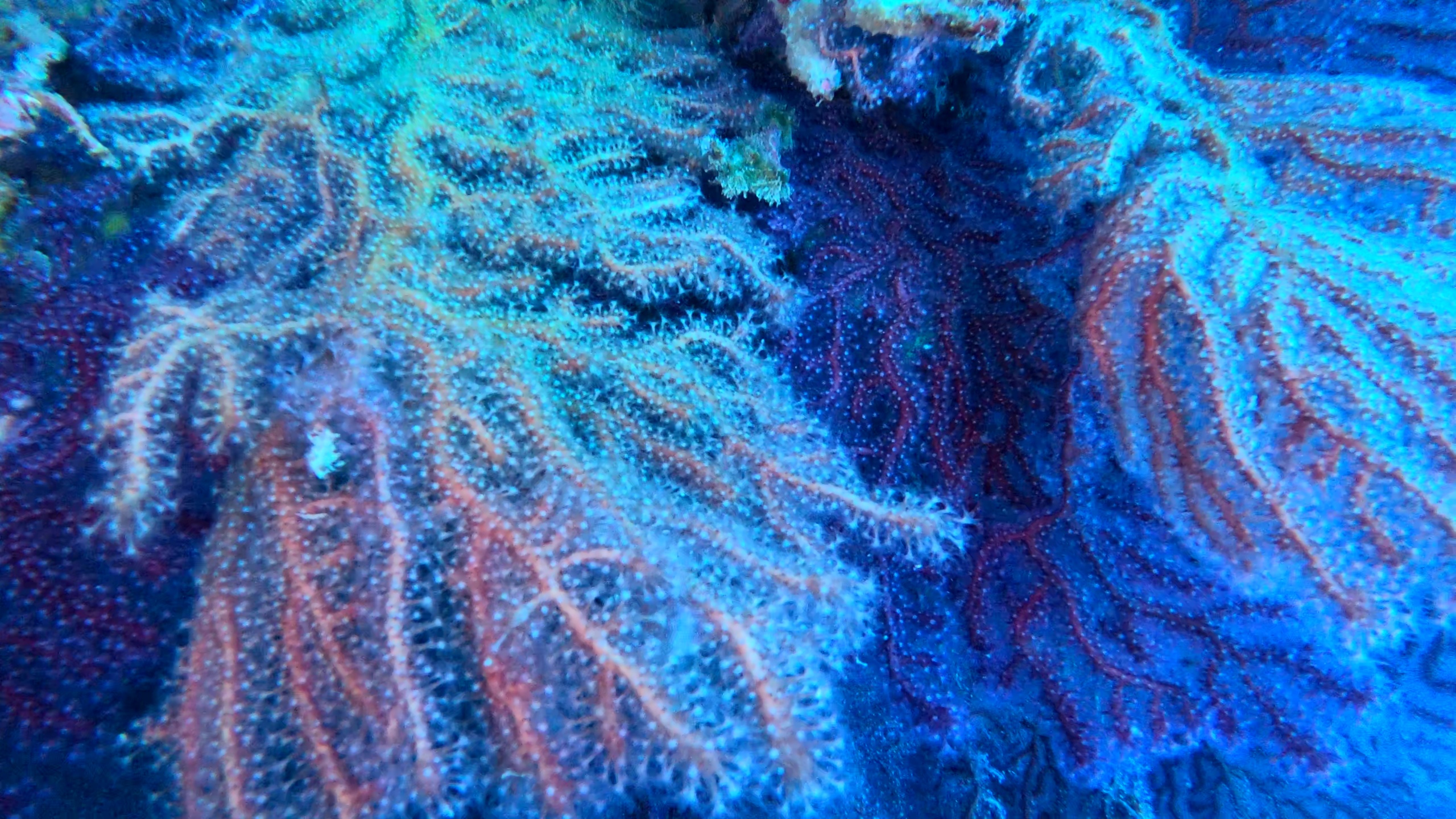
Nuova futura colonia di Savalia savaglia – intotheblue.it – Savalia savaglia e Paramuricea clavata – intotheblue.it – Polipi – Polyps
However, it is interesting to note its particular aggressiveness: its polyps in proximity to other arborescent life forms cause a necrotic area of 5-6 millimeters in the contact area and in the area immediately adjacent; subsequently they are able to completely cover the attacked organism, taking on its shape. In the often observed case of settlement on gorgonaceae branches, Savalia savaglia shows a slow but progressive growth on the coelenterate that hosts it, whether the colonization occurs starting from the base of this or from the ends of its branches.
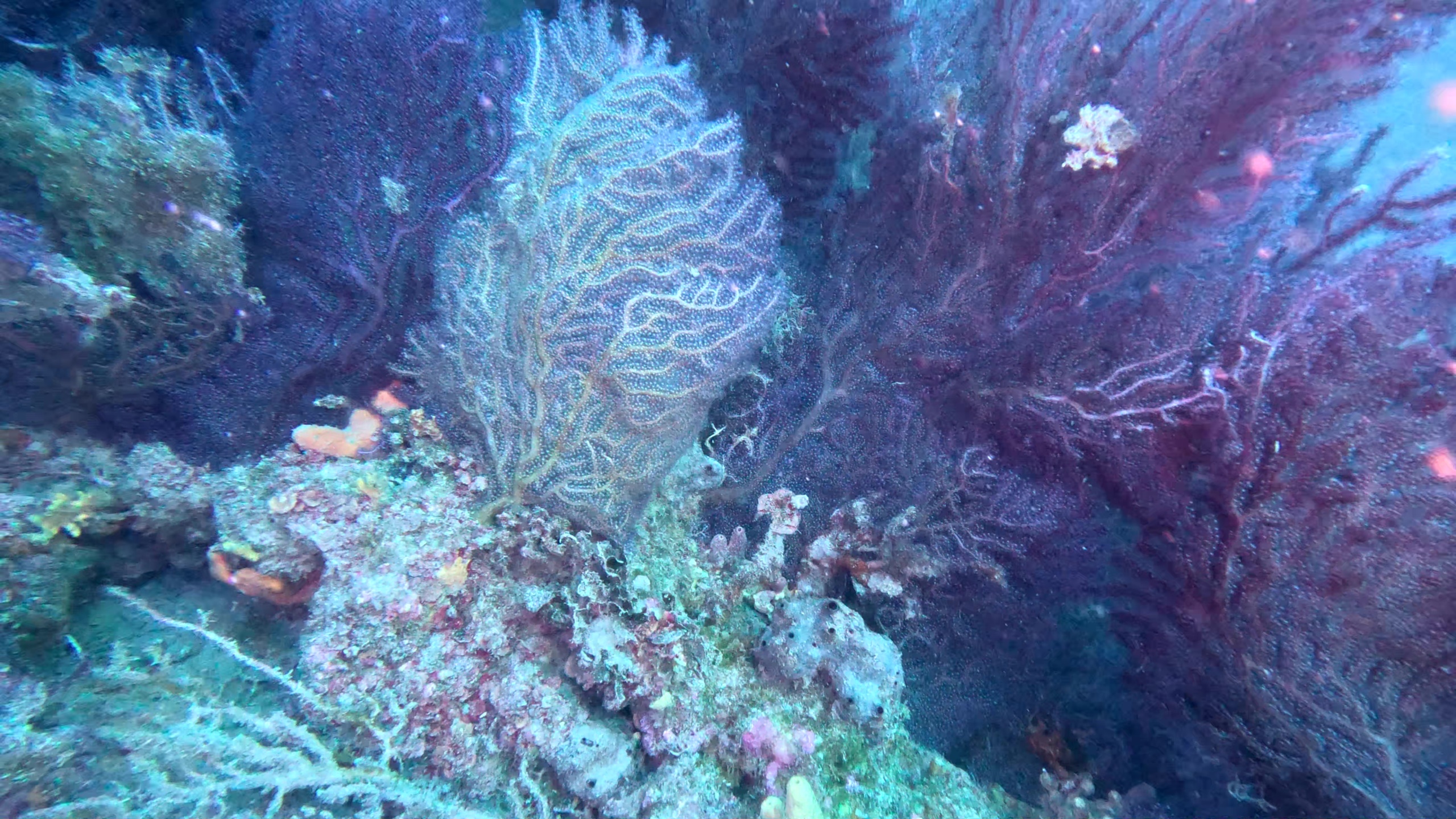
Nuova futura colonia di Savalia savaglia – intotheblue.it – Savalia savaglia e Paramuricea clavata – intotheblue.it
As a final note during this dive on this beautiful seabed we found the usual ropes and nets lost by trawlers, these ropes about an inch thick will now remain on the bottom compromising this fragile and beautiful ecosystem, the fishermen don’t mind but the Trawling should really be banned towards more sustainable fishing practices. Try to think of the damage that the passage of a trawl over these corals could cause!
https://it.wikipedia.org/wiki/Savalia_savaglia
https://www.iucn.it/scheda.php?id=117646550
Gallery
 English
English Italiano
Italiano
